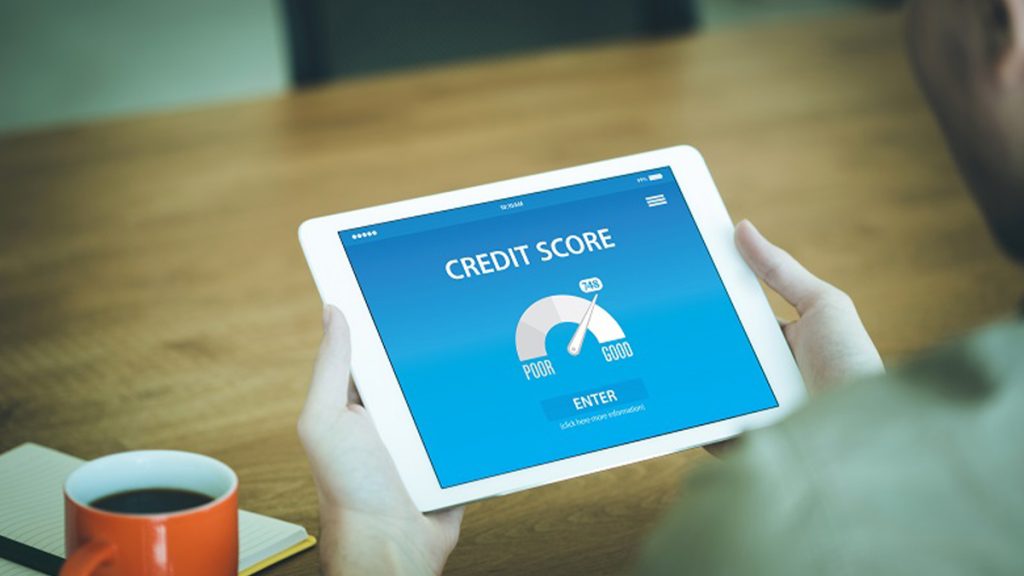The Audit Trail: A Guide to Effectively Reviewing Your Business Credit Report
A Business Credit Report is your company’s definitive financial record.
Overview
A Business Credit Report is your company’s definitive financial record. Lenders rely on this document for instant credibility checks, making its health paramount to securing favorable business financing. Regular analysis isn’t just about spotting errors; it’s about actively maintaining the reputation, financial stability, and borrowing capacity of your organization. Here is a concise guide on how to audit and protect your company’s financial blueprint.
Understanding Your Report’s Components
A thorough business credit report analysis involves evaluating every component, including:
- Client Information: Details on the organization and its promoters/directors.
- Credit Summary: An aggregate view of key indicators, including your Credit Score or Rank.
- Account History: Specific details (sanctioned amount, outstanding balance, repayment history) for every open and closed credit facility.
- Inquiry History: Records of all formal inquiries made by prospective lenders.
- Public Records: Information on foreclosures, repossessions, and any bankruptcies.
The Four Steps to Credit Report Review
To effectively manage your company’s credit health, follow this systematic approach in 4 simple steps.
Step 1: Obtain the Business Credit Report
Start by requesting your report from an RBI-approved credit bureau, such as CRIF High Mark. The process typically involves three steps:
- Providing mandatory business details
- Paying the necessary fee online.
- Uploading required supporting documents
Step 2: View Your Report for Accuracy
First, check the index of charges and the list of directors. Ensure no outdated status exists and update the report if there are any changes to the company’s list of top executives. A score above 700 is crucial for accessing loans at attractive rates; if your score is low, lenders may demand collateral.
Step 3: Dig into the Details
This step requires vigilance. Look for any services you have not utilized, incorrect information on reported loans, or open accounts that you clearly closed. Crucially, verify that the report does not show loans or credit card debt that you never took—a possible sign of identity theft. Misreported late payments or outdated statuses must be flagged.
Step 4: Fix Inaccuracies Immediately
Correcting errors swiftly is essential to boost your credibility and secure favorable loan deals. To initiate correction, you must clearly highlight the problem, mention the credit report ID, and include all relevant supporting documents. The credit bureau will coordinate with the previous lender and share a corrected copy.
 Conclusion
Conclusion
Don’t let inaccurate data sabotage your funding! By treating your business credit report as a living document, you maintain the financial credibility needed to unlock better interest rates and ensure your next big loan approval is seamless, not stressful.



